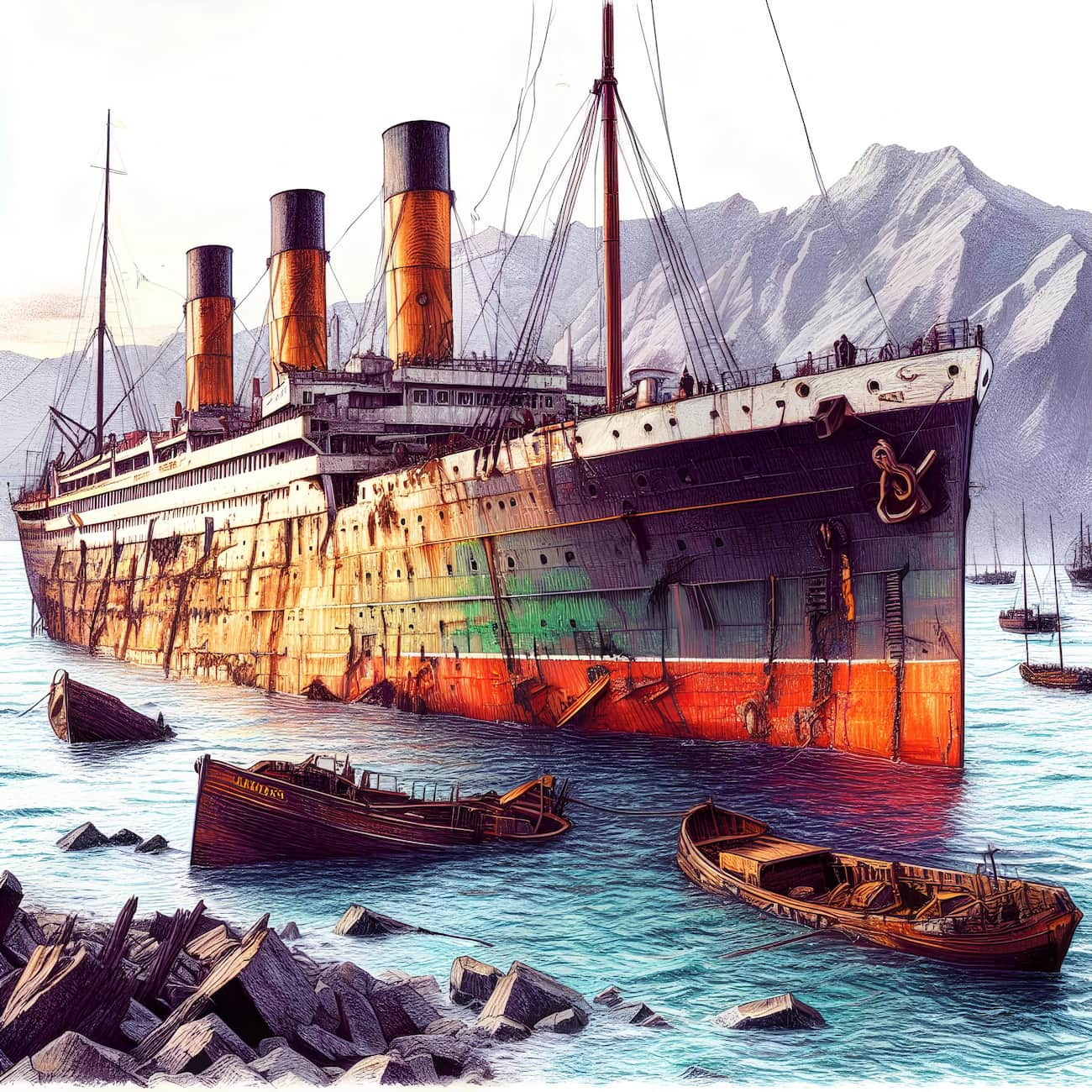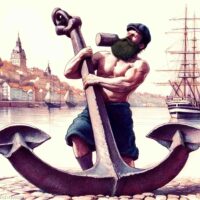You usually think of the Titanic when you hear the word “shipwreck.” The impact of this tragedy was so great that a film was produced to honor it. Did you know, though, that it’s not even the deadliest natural disaster ever recorded? Some of these tragedies have, sadly, slipped into obscurity over time because they were not highlighted enough, despite the importance of the responsibility of remembrance. I have compiled some of history’s worst shipwrecks here. Make yourself at home, for whether they were the consequence of human cruelty or negligence, the reading is not going to be a breeze.
MV Doña Paz

The first shipwreck we will talk about is considered the deadliest in peacetime. This is the shocking story of the Doña Paz, where thousands of passengers tragically lost their lives.
What Was Doña Paz?
The Filipin ferry known as “Asia’s Titanic” had done nothing by the book. In other words, this disaster could have been prevented. On December 20, 1987, more than 4,000 passengers departed from the Tacloban port en route to Manila.
The ship’s capacity was only 1,525 passengers and 58 crew members, leaving hundreds of people to find themselves sleeping in the hallways or on the deck. This may sound surprising, but for the Philippines, where overcrowded ships were common, it was not a shocking situation.
How Did the Tragedy Unfold?
Due to the ship’s non-compliance with specifications and its lack of proper communication equipment, we can’t have a precise account of what happened. The events described below are the result of an in-depth investigation into the tragedy, and the time frames are approximate.
On the evening of December 20, 1987, at around 10:00 PM, Doña Paz collided with a petroleum tanker named Vector in the Tablas Strait near Marinduque Island. The collision caused one or two explosions, and the spilled petroleum from Vector caught fire.
The flames spread to all sides of the overcrowded ship filled with people and goods, leading to a full-blown panic. The crew was helpless in providing any assistance or reassurance to the passengers running in every direction, and some even jumped into the water. There was no way to rescue them, and not a single lifeboat had been deployed. The ship’s lack of proper communication equipment also meant that emergency services could not be alerted. It wasn’t until the following morning, approximately 8 hours after the accident, that authorities were informed. By the time they reached the wreckage, another 8 hours had passed, and a horrific death toll had been recorded. Thousands of victims perished in the flames or drowned.
The Death Toll
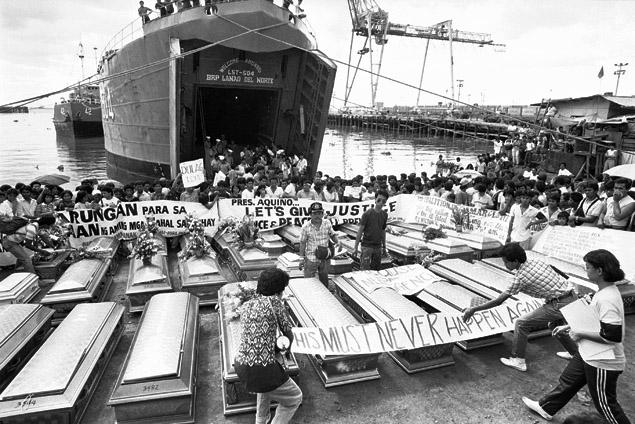
This horrific maritime disaster received much less attention than the Titanic but resulted in three times as many casualties. Determining the exact number was difficult, especially considering the illegal passengers on board. After extensive investigations, it was estimated that 4,386 people lost their lives. From the Doña Paz, 4,317 passengers and 58 crew members lost their lives and 11 from the Vector. There were 26 survivors: 24 from the ferry and 2 from the tanker.
The cause of death for most victims was either drowning or burning. The majority of the bodies had severe burns, and the sharks in the area ate most of them.
Today, there are still some suspicions about the exact cause of the tragedy. However, what is known is that neither ship met technical specifications, and Vector lacked detection equipment to see the approaching ferry at its bow.
While the victims’ families continued to file charges against Sulpicio Lines for “criminal negligence,” they have yet to achieve a result. The maritime company, now renamed the Philippine Span Asia Carrier Corporation, is still responsible for numerous ship accidents in the last decade.
RMS Lusitania
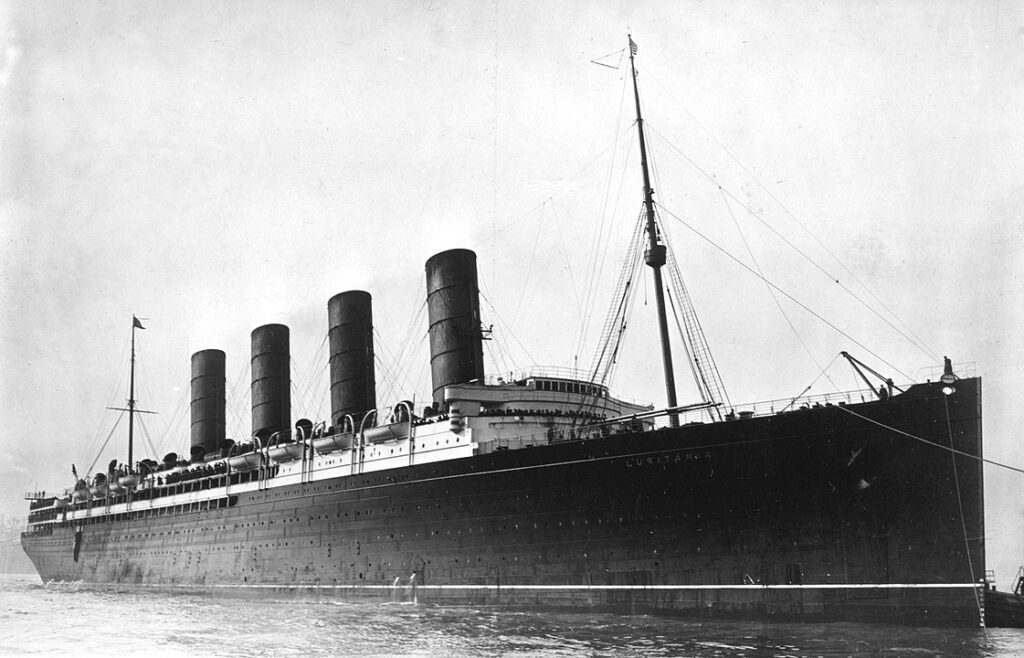
The second tragedy on the list is considered a war crime by the United States. In fact, it’s even said that the sinking of the Lusitania was a driving force behind American involvement in World War I against the Germans.
What Was the Lusitania?
In the early 1900s, an increasing number of travelers wanted to make transatlantic journeys. At the time, the British dominated the sea transport market, and the Cunard Line had introduced the Lusitania, one of the largest and fastest ships of its time. This colossal ship operated numerous roundtrips between the Americas and Europe, carrying goods, mail, and passengers.
On May 1, 1915, the ship set sail from New York to Liverpool with 2,165 civilian passengers. Given the Titanic’s sinking three years earlier, most passengers were concerned. However, the crew, who described the ship as unsinkable, quickly reassured them.
How Did the Tragedy Unfold?
First, we need to briefly discuss the situation in Europe in 1915. The British and French had imposed a blockade on Germany at sea, and the Germans responded by declaring unrestricted submarine warfare in British waters.
In this wartime atmosphere, the Lusitania set sail on May 1. However, eight days earlier, the captain had been warned that if he didn’t raise the American flag, the ship risked being sunk by the Germans. But the crew, believing that the enemy would never attack ordinary civilians, didn’t take these threats seriously.
On May 6, Lusitania received a warning call about submarines on its route. To avoid attracting attention, the ship should have been accompanied by escort vessels. However, it was already too late. Walter Schwieger’s U-20 and its crew of 35 men had already spotted the Lusitania near the coast of Ireland.
On May 7, 1915, at around 2:25 PM, the submarine fired a torpedo at the ship, which caused an initial explosion. A second, more potent explosion followed this. Passengers who were having lunch panicked and rushed to the lifeboats, which were either overturned or collided with each other. Some desperate mothers even threw their children into the sea, hoping they might survive.
The ship sank in a terrifyingly fast 18 minutes. When help arrived, most passengers had already been pulled into the depths without a chance to escape, while others had perished from hypothermia.
The Death Toll
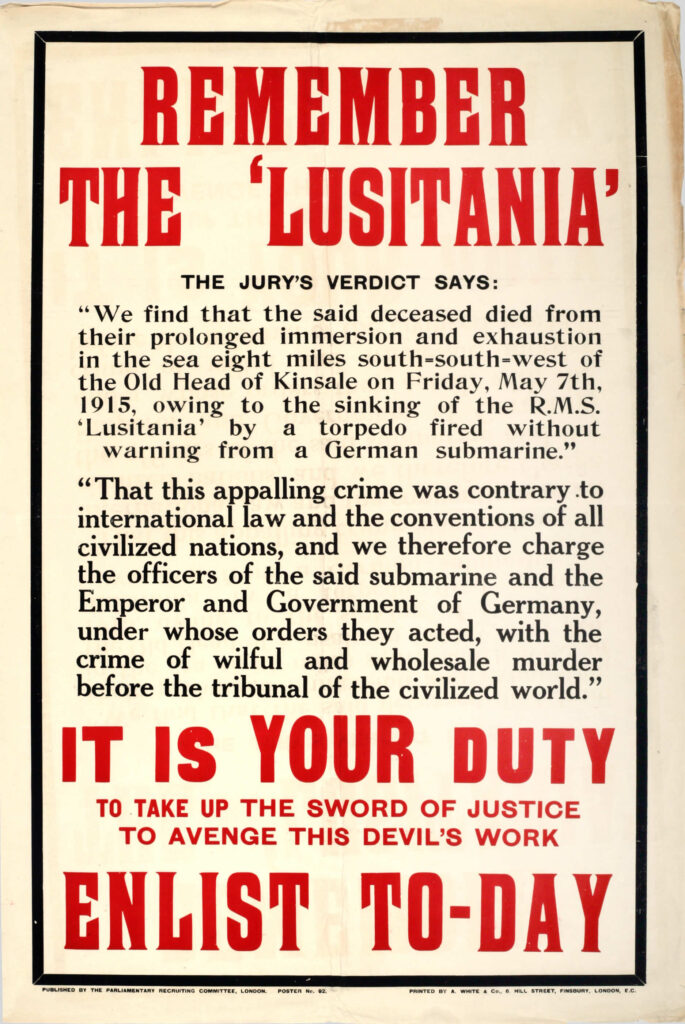
The toll was horrifying: 1,198 passengers lost their lives, including 128 Americans. The submarine commander, Walter Schwieger, earned the nickname “baby killer” because many children had died in the sinking.
The then-U.S. President Woodrow Wilson accused the Germans of committing a war crime and attempted to seek revenge by joining the Allied Powers. The slogan “Remember the Lusitania” was used even in future submarine warfare. The Germans always claimed that they thought the ship was carrying ammunition, trying to justify their actions. The wreckage of the Lusitania lies at a depth of 90 meters off the coast of Ireland today.
Sultana
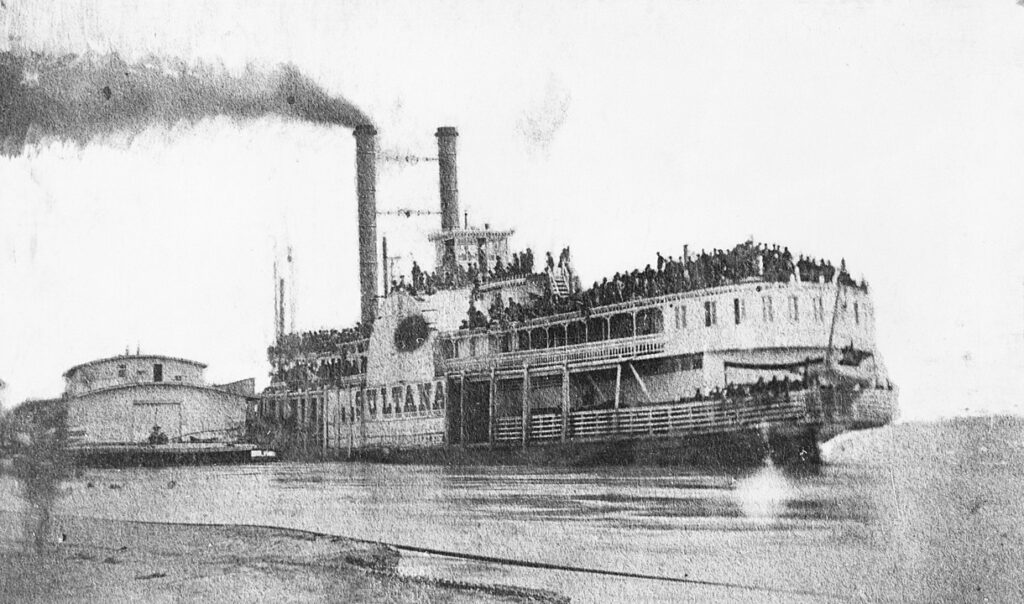
The third shipwreck is considered the deadliest accident in American history. You’ve probably never heard of the Sultana. But this story is much more tragic than the Titanic. Unfortunately, this horrifying event has been overshadowed by these two historic events, as it occurred just 13 days after the assassination of Abraham Lincoln and during the final weeks of the American Civil War.
What Was the Sultana?
The Sultana was a massive commercial steamship, considered the safest paddlewheeler on the Mississippi. The incident took place right at the end of the American Civil War, just after the Union Army had achieved victory, and most of the prisoners were being sent home to the North via ships.
The American government had promised $5 to various ship captains for each soldier sent home. Captain James Cass Mason of the Sultana saw an opportunity to make a significant profit and loaded the ship with approximately 2,300 people. Most of these passengers were Union soldiers traveling from Ohio to Cairo, Illinois.
The captain likely believed there was nothing to worry about and considered it a good deal for everyone. However, the ship was only designed to carry 376 people, making it dangerously overloaded.
How Did the Tragedy Unfold?
As the Sultana sailed near Memphis, Tennessee, a tragedy occurred on the night of April 27, 1865, around 2:00 AM. One of the Sultana’s four boilers exploded, causing the other two to explode as well. It appears that the steam boiler had not received proper maintenance, and an unrepaired crack led to the ship sinking.
During the explosions, hundreds of passengers fell into the water, and a significant portion of the ship collapsed, resulting in numerous casualties. The remaining crew had no time to escape, as the ship caught fire along with the survivors. Since there were no lifeboats or life jackets on the Sultana, there was no means of escape for the unfortunate crew.
The Death Toll
This tragedy claimed the lives of more than 1,500 people, most of whom perished in the flames. Whether the explosion resulted from inadequate maintenance or the ship’s overload remains uncertain to this day.
MV Wilhelm Gustloff
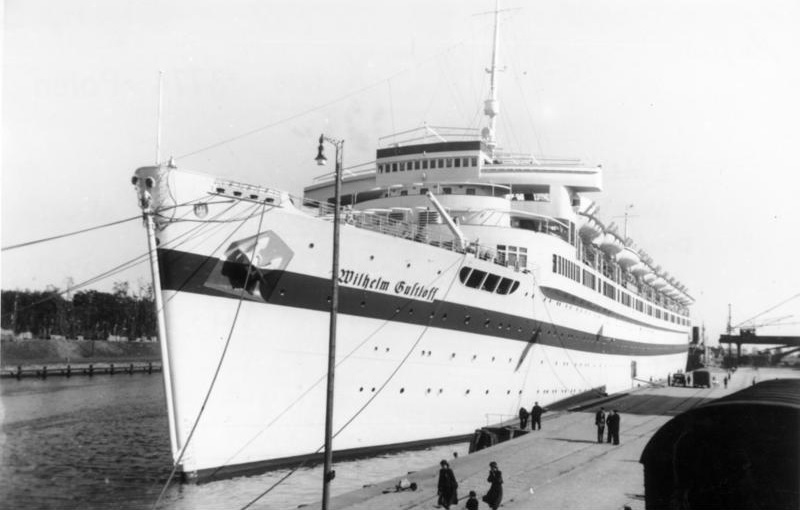
The fourth shipwreck on the list was by far the most tragic and deadliest in history. The tragedy of the German ship Wilhelm Gustloff claimed more lives than the Titanic, six times more.
What Was the Wilhelm Gustloff?
Let’s take a look at the background. It was the year 1944, the peak of World War II, and the Russian army was advancing on German soil. Along the way, they were causing a horrific famine by burning Prussian territories and committing rape and murder.
German civilians were frightened and desperately trying to escape. They were surrounded on all sides, and the only escape route was the sea. Adolf Hitler initiated Operation Hannibal to send civilians and soldiers back to their home countries.
Wilhelm Gustloff, nicknamed “Hitler’s Titanic,” appeared to be a carrier of hope when it departed from Gotenhafen. This prestigious Nazi ship left the port on January 30, 1945, bound for Hamburg. Officially, there were 6,050 passengers on board, but unofficially, there were many more. While the exact number remains uncertain, approximately 10,000 refugees crowded onto this ship, symbolizing hope and a sense of being saved.
How Did the Tragedy Unfold?
On the first day, Wilhelm Gustloff sailed cautiously in Baltic waters, aware that the probability of encountering Russian submarines was high. Indeed, several submarines were reported on the first night.
To avoid coastal mines, the ship sailed further out and followed a well-known route. However, in a fatal decision to avoid unexpected collisions, they turned on the navigation lights. This mistake cost the lives of thousands of passengers because it made the ship easily detectable.
By 6:00 PM, it was already too late. The S13 submarine, under the command of Alexander Marinesko, identified the German ship. By 9:00 PM, it had entered firing range and fired four torpedoes that would have deadly consequences due to the lack of armor plating.
Panic prevailed on the ship. Passengers were fleeing in all directions. Many people died in the explosions, and with the water rising at an alarming rate, they had no time to climb to the upper decks. In just a few minutes, the massive ship tilted to the port side, rendering half of the escape chutes unusable.
Because it was colder than usual at that time of the year, people in the water died within minutes. The ship sank in less than an hour.
The Death Toll
In this horrific shipwreck, 9,000 people lost their lives, and 996 people were rescued. It was the deadliest maritime disaster of all time. Alexander Marinesko, the person responsible for this massacre, was posthumously awarded the title of Hero of the Soviet Union on May 5, 1990. He is still wrongly seen as a war hero today.
MV Le Joola
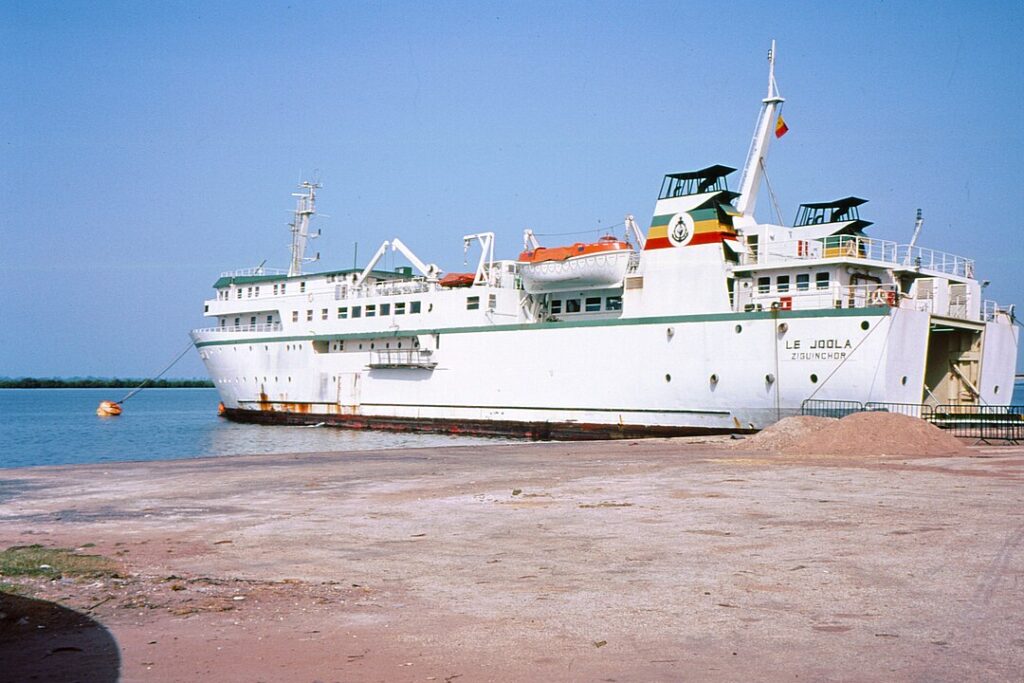
The last shipwreck on the list is a tragic incident that has unfortunately been largely forgotten in the media. However, Le Joola is one of the deadliest disasters in history, and the cause of this tragedy is human negligence.
What Was Le Joola?
Le Joola was a ferry that connected Dakar to Ziguinchor in Senegal. Due to tensions between Casamance and the rest of Senegal, the Senegal Ministry of Armed Forces seized the ship in 1995.
Due to the neglect of the ministry, the ship’s condition deteriorated. Despite being banned from sailing in 2000, it continued to operate roundtrips. On the fateful day of the tragedy, the vessel was in an extremely bad state. Furthermore, more than 2,000 passengers had boarded the ship, not the recommended 550. On September 26, 2002, this overcrowded and poorly maintained vessel set sail.
How Did the Tragedy Unfold?
The ill-fated day of September 26, 2002, would be etched into the collective memory of the Senegalese people. The boat was navigating in difficult weather conditions with heavy tropical rain and extremely strong winds.
Less than an hour before midnight, a strong wind off the coast of Gambia caused panic, with the crowd trying to get inside. Then there was an electrical failure. Mamadou Dieye, one of the survivors of the shipwreck, said, “We couldn’t see anything on the boat. The screams still echo in my ears.”
The overcrowding caused the ship to capsize in less than ten minutes. Many passengers were trapped and drowned before they could make their way out. The number of life jackets was insufficient, and some passengers tried to cling to the hull of the Joola. The remaining ones drowned while waiting for the rescue team, which arrived almost twelve hours later, at 8 in the morning.
The deadly delay was not only due to the lack of communication equipment on the ship but also because some ministers who were informed of the situation during the night failed to respond.
The tragedy was entirely human-made. The poor condition of the ship, disregard for safety regulations, overcrowding, and the inadequacy of rescue teams resulted in the loss of thousands of lives.
The Death Toll
A total of 1,863 people lost their lives, with 65 survivors. Only 600 bodies could be recovered. The Senegalese people are fighting for the annual remembrance of the incident so that it is not forgotten, but unfortunately, that is all they can do. The families of the victims are angry, and some believe that this tragedy could have been prevented, filing complaints against the Senegalese government for negligence.
The government didn’t even keep its promise to provide aid to the thousands of orphaned children left behind by the shipwreck.


